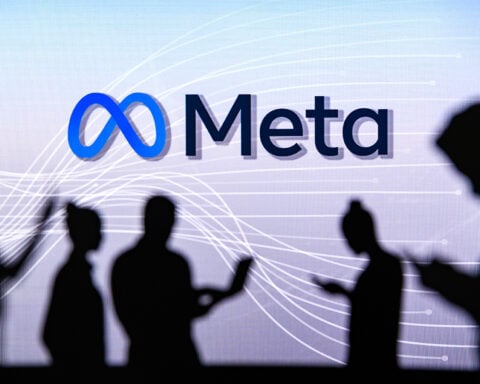In a recent event highlighting technical challenges, Elon Musk explained the causes behind the latest disruption on X, the social media platform previously known as Twitter. The incident took place during a highly anticipated interview with former President Donald Trump, which was delayed by 42 minutes due to what Musk described as a distributed denial-of-service (DDOS) attack coupled with errors from the platform’s staff.
Musk noted that the nature of the interview made a DDOS attack almost inevitable, as it overwhelmed X’s servers with fake traffic. Such attacks are typically carried out by vast botnets that inundate servers with bogus requests to disrupt service. While many companies use third-party services to detect and block such traffic, it’s unclear what specific measures X has implemented to counter these attacks. Following a global outage last month linked to CrowdStrike, Musk announced that X had ceased using the cybersecurity firm’s services, though it remains uncertain whether they could have prevented this particular issue.
In addition to the DDOS attack, Musk acknowledged that internal mistakes by X’s staff played a role in the technical problems. Despite these hurdles, Musk praised his team for their efforts in tackling the attacks and correcting their errors, enabling the interview to proceed. This episode was reminiscent of a similar incident in May 2023, when Florida Governor Ron DeSantis’ presidential campaign launch faced technical difficulties during a live stream on X. Audio issues caused delays, forcing a restart and pushing back the announcement by about 30 minutes.
The technical issues during Trump’s interview were similar to those during DeSantis’ event, which Trump had criticized as a “disaster” on his social media platform, Truth Social. At that time, X was dealing with various glitches and outages, likely due to significant layoffs following Musk’s acquisition of the company. Although Musk has since appointed Linda Yaccarino as CEO, he continues to oversee the platform’s technical operations.
To prevent a repeat of past problems, Musk stated that X had conducted stress tests to ensure the system could handle up to 8 million concurrent streams. However, despite these preparations, users trying to access the Trump interview at the scheduled start time encountered grayed-out screens and were unable to join the stream. These recurring issues raise questions about the platform’s readiness and resilience in managing high-traffic events.
Musk did not specify the staff errors he mentioned, nor did he explain how the DDOS attack specifically targeted the Trump stream without affecting the wider X platform, which remained operational. Nonetheless, the interview eventually took place, with both Musk and X declaring it a success. The company reported that the audio stream received 73 million “views,” though the precise definition of this term remains unclear.
This incident highlights the ongoing challenges facing X under Musk’s leadership. The platform’s struggle with technical reliability, especially during high-profile events, underscores the need for robust cyber defenses and a more efficient internal operation. As X continues to evolve, its ability to provide seamless user experiences during major events will be crucial to maintaining its credibility and user base.
The recent technical meltdown also underscores the broader implications of extensive layoffs and structural changes within tech companies. The ability to manage and resolve technical issues is often directly linked to the expertise and readiness of the staff. Following Musk’s aggressive cost-cutting measures, which included mass layoffs, the stability of X’s operations has been under scrutiny.
The delayed Trump interview on X serves as a reminder of the delicate balance between cyber defense, internal efficiency, and the capability to handle high-traffic situations. As the platform navigates these challenges, its future success will depend on strengthening its technological infrastructure and ensuring a resilient, error-free experience for its users.







